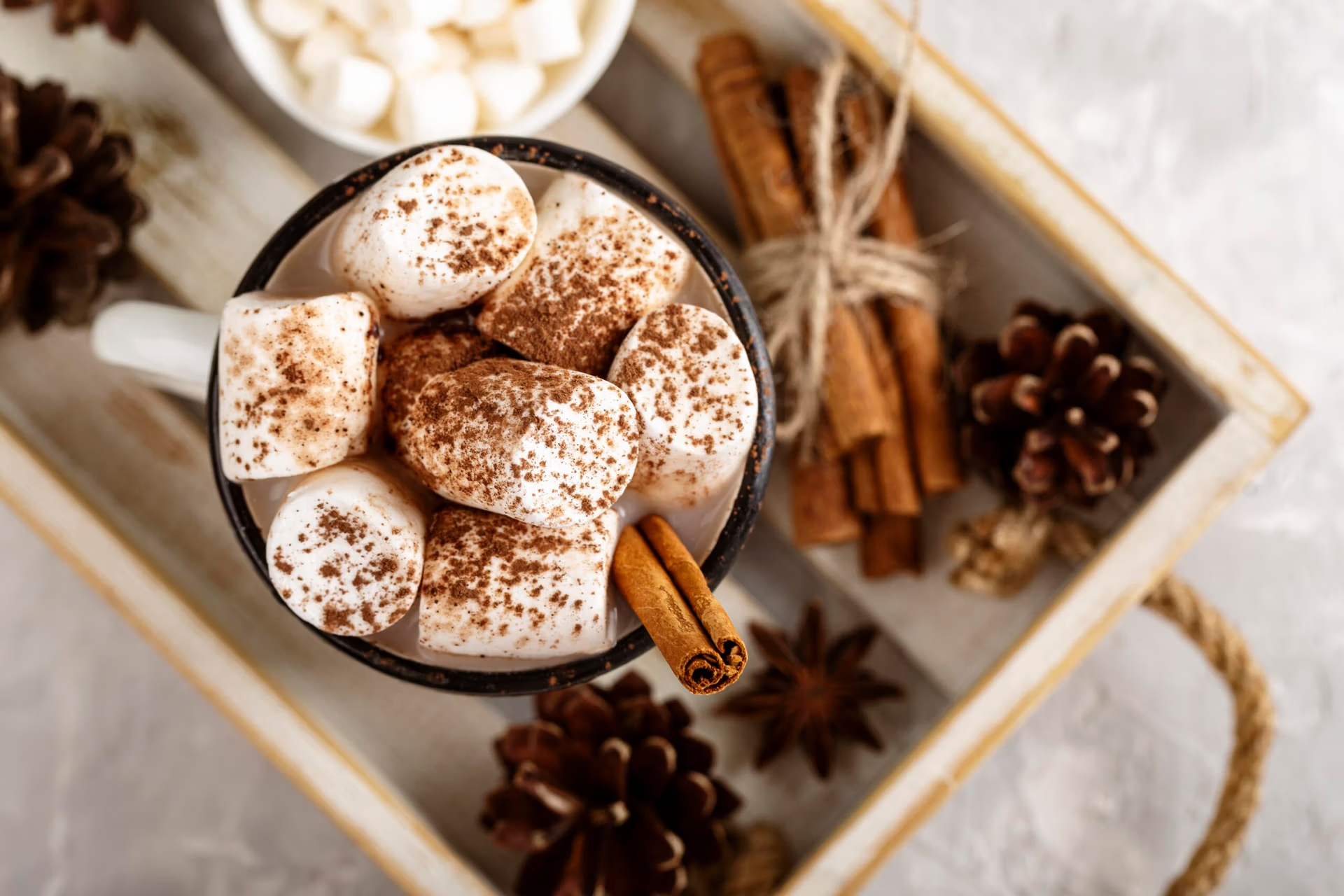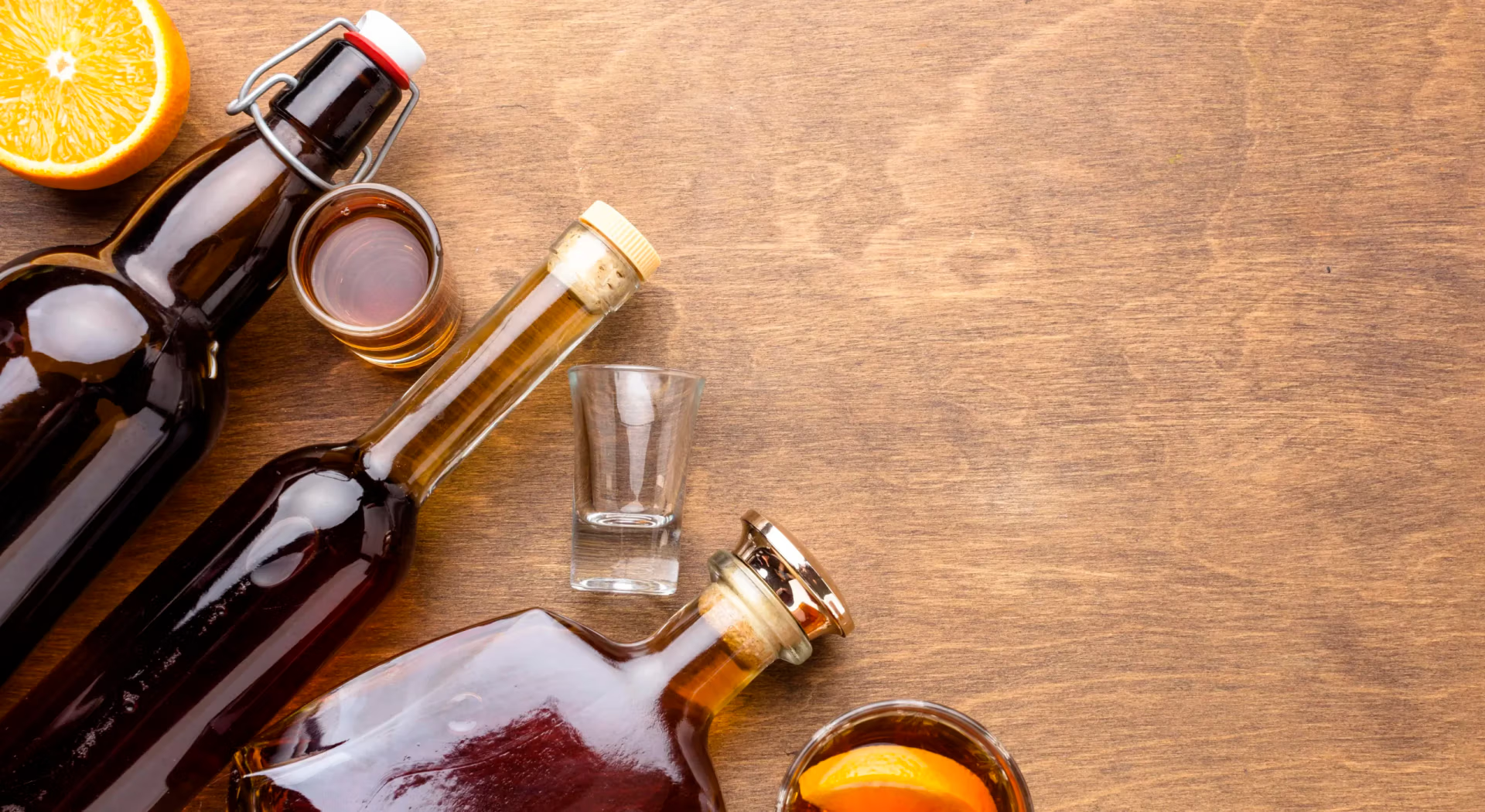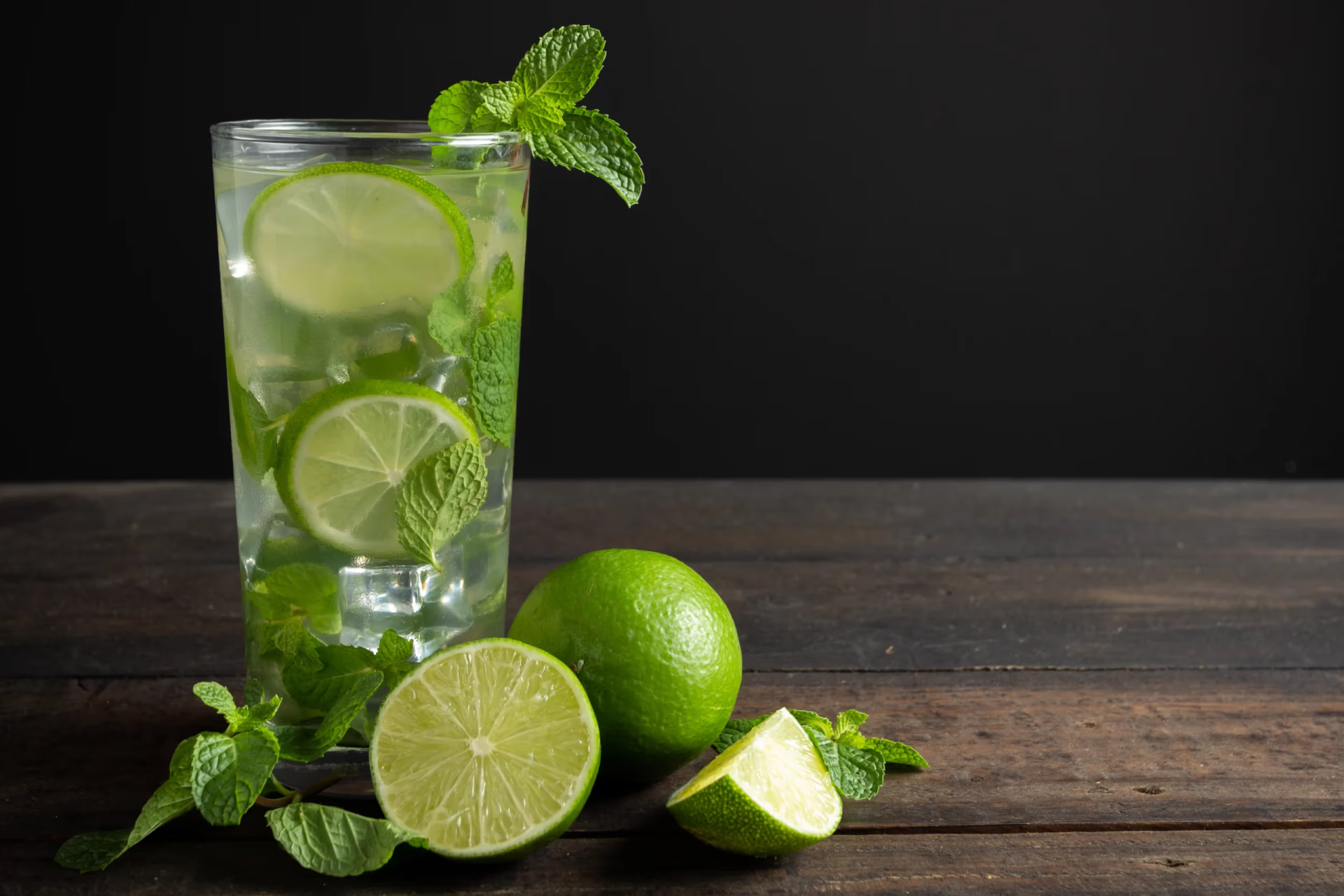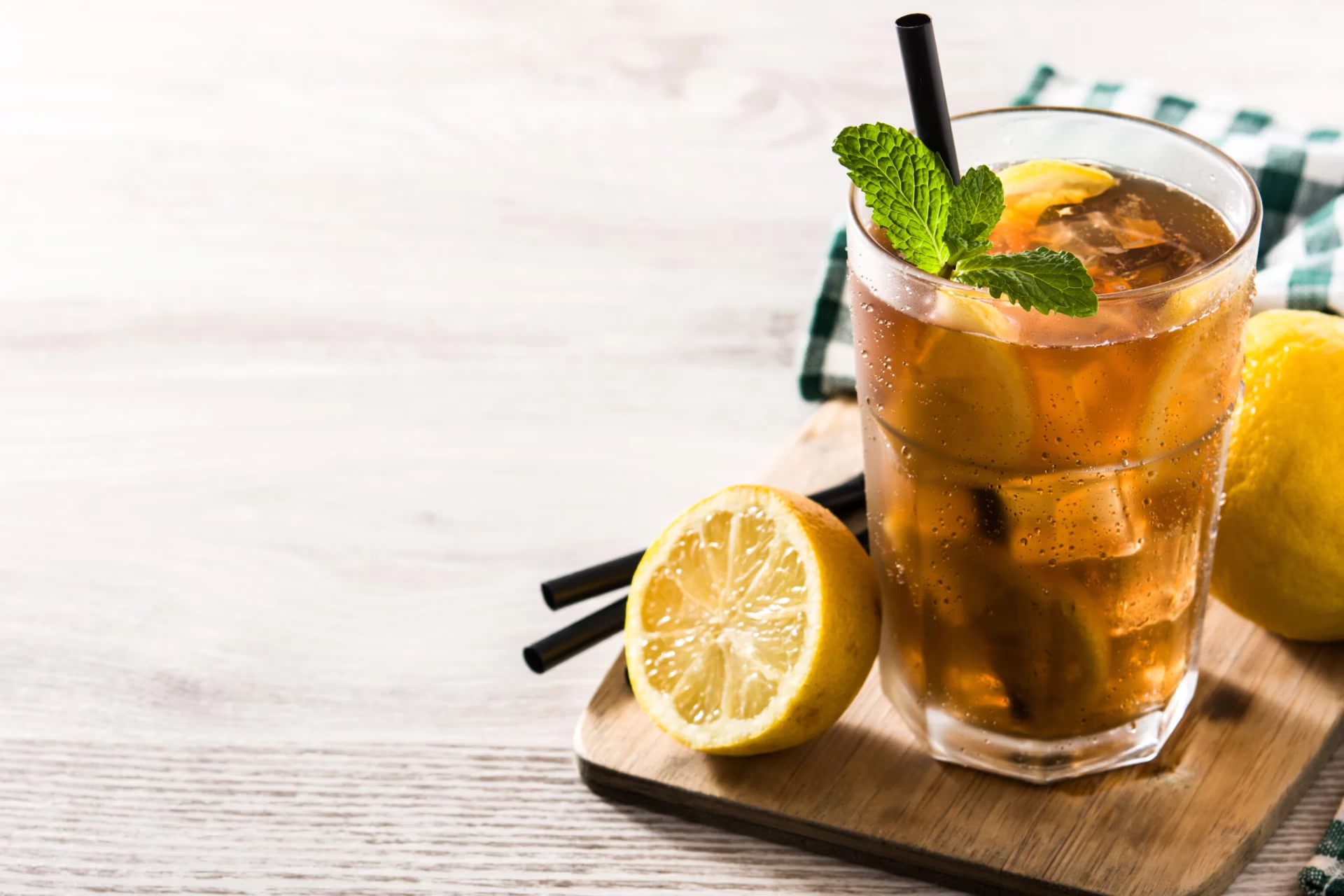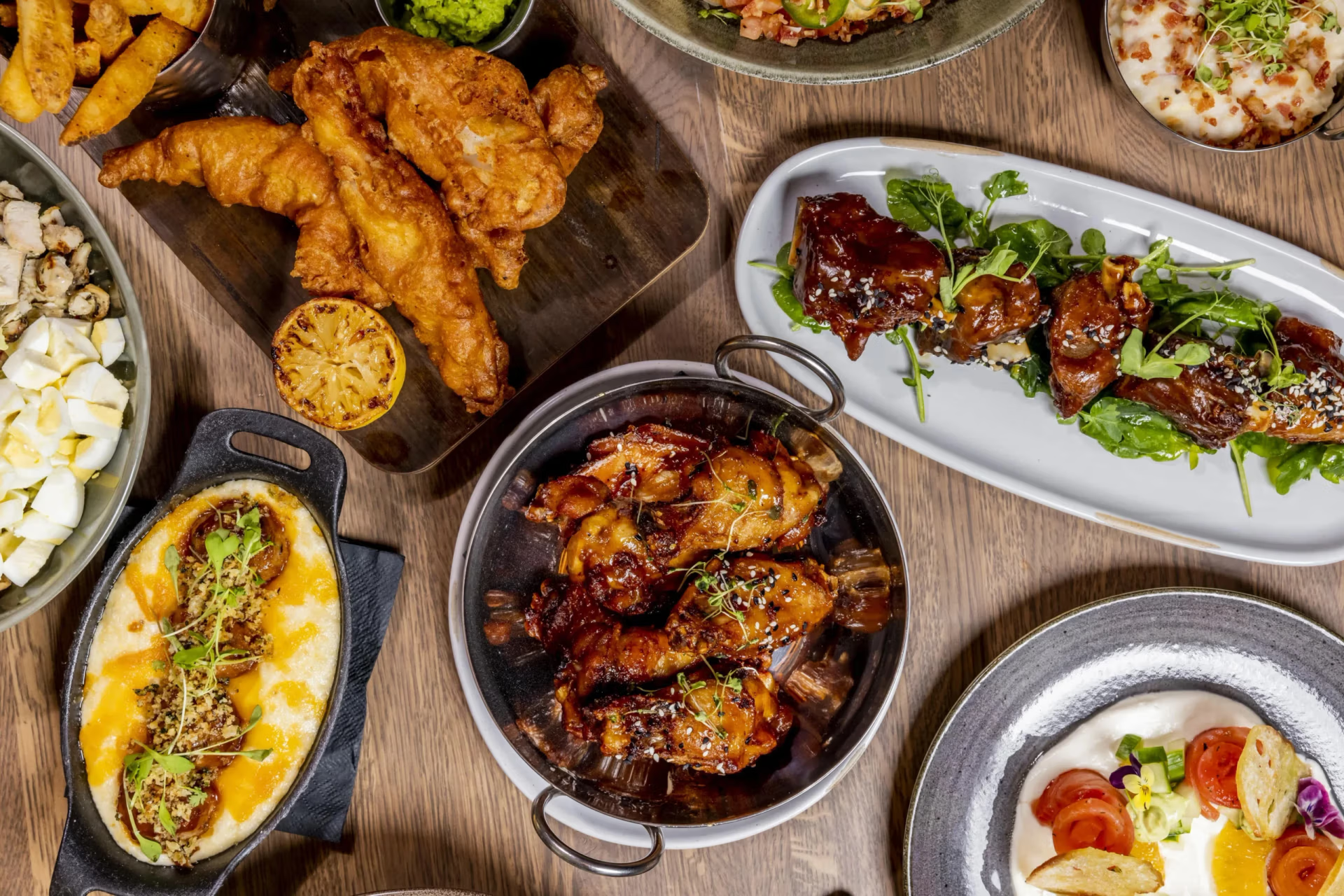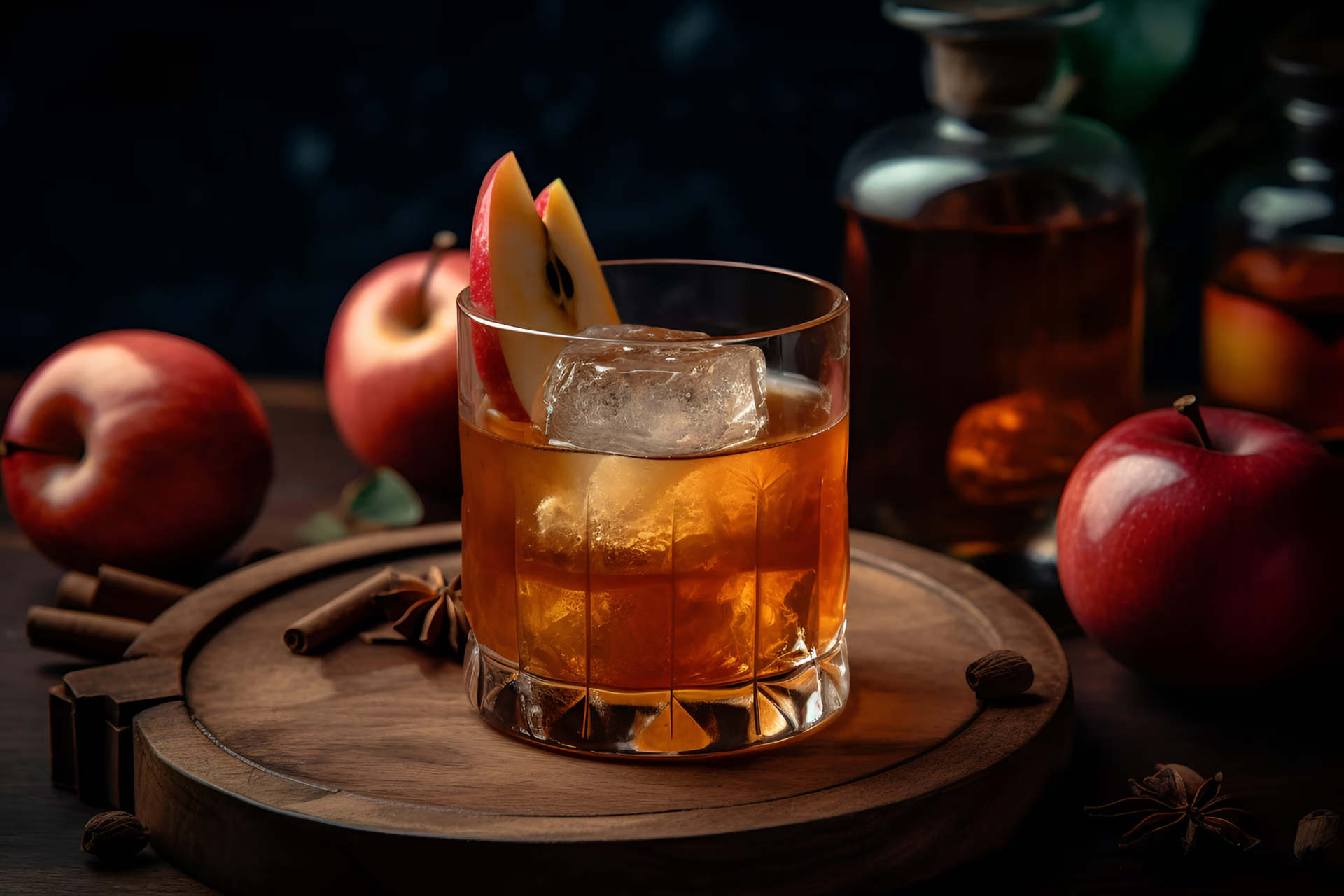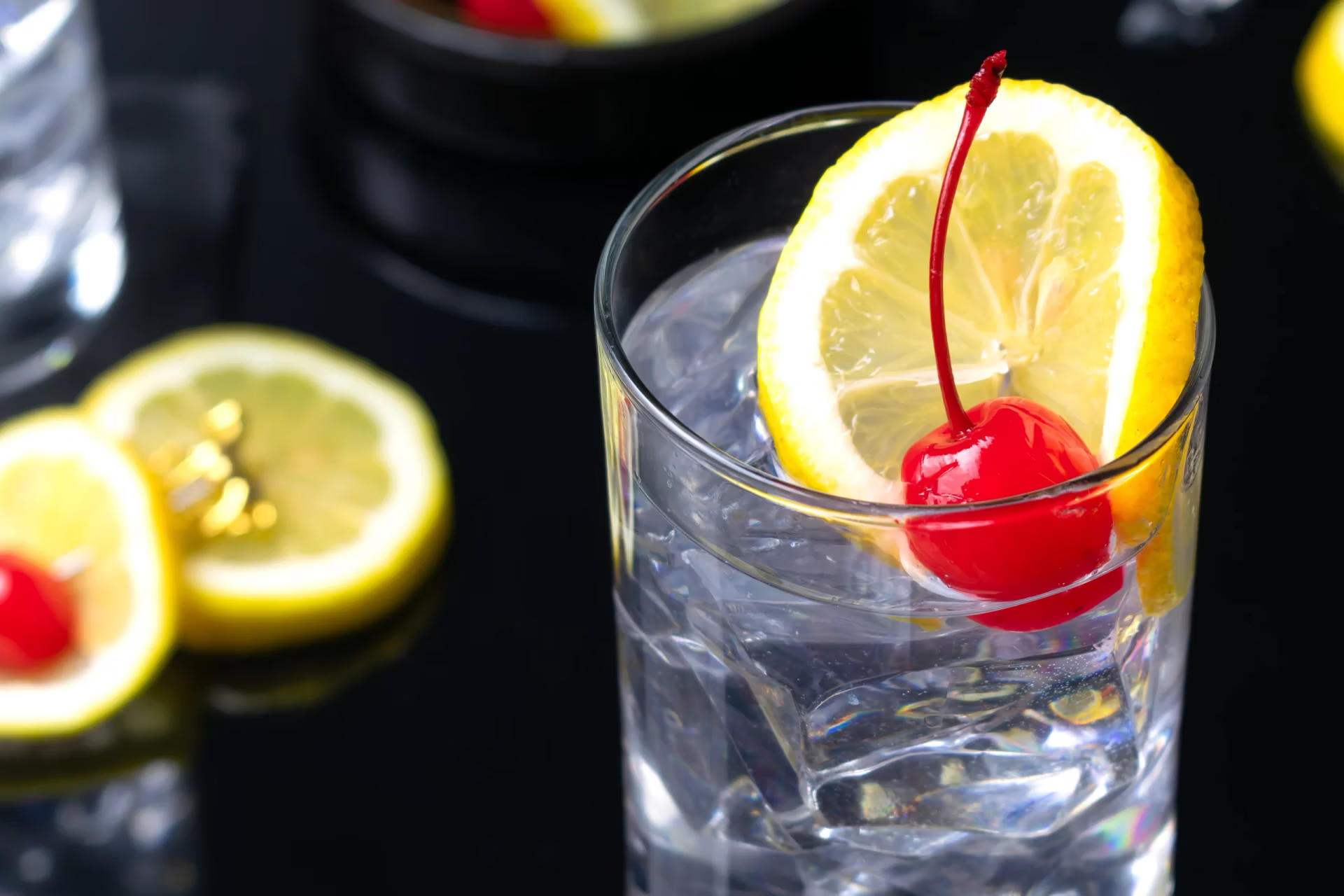Few cocktails can claim the kind of timeless appeal that the Manhattan has maintained for over a century. With its roots tracing back to the late 1800s, this elegant mixture of whiskey, vermouth, and bitters has become a symbol of sophistication and balance, embodying the essence of classic cocktail culture. But while the recipe seems straightforward, there are secrets to making a truly exceptional Manhattan—secrets that elevate it from a good cocktail to a great one.
In this post, we’ll uncover those secrets, diving into the history of the Manhattan, exploring its key ingredients, offering tips on how to customize the cocktail to your taste, and sharing tricks for perfecting your preparation technique. Whether you’re a cocktail enthusiast or a curious beginner, by the end of this guide, you’ll know exactly how to make a Manhattan that impresses.
A Brief History of the Manhattan
The origins of the Manhattan cocktail are steeped in mystery, with several stories vying for the title of truth. The most popular legend suggests that the cocktail was created in the early 1870s at the Manhattan Club in New York City, supposedly for a party hosted by Jennie Jerome (Winston Churchill’s mother). The cocktail gained popularity quickly, soon becoming a staple of New York’s bustling bar scene.
Though its exact birthplace may remain debated, what’s not in question is its lasting impact on cocktail culture. The Manhattan was one of the first drinks to showcase whiskey as a spirit that could be enjoyed in a refined, balanced form, rather than being something only served neat or with water. Its fame spread from New York across the United States, and eventually around the globe.
The Classic Manhattan Recipe
Before we delve into the finer details of how to perfect a Manhattan, let’s start with the basics. The classic Manhattan recipe calls for three primary ingredients:
- Whiskey: Traditionally, a rye whiskey is used, but bourbon is also a popular choice.
- Sweet Vermouth: This fortified wine adds richness and balance to the cocktail.
- Bitters: Angostura bitters are the most common, though there’s room for experimentation.
Here’s the recipe most bartenders will follow:
- 2 oz rye whiskey (or bourbon, if preferred)
- 1 oz sweet vermouth
- 2 dashes Angostura bitters
- Garnish: Maraschino cherry or lemon twist
Instructions:
- Combine whiskey, vermouth, and bitters in a mixing glass filled with ice.
- Stir until well chilled (about 20-30 seconds).
- Strain into a chilled coupe or martini glass.
- Garnish with a maraschino cherry or a lemon twist.
While this recipe is simple, there are several factors that can influence how good your Manhattan turns out. Let’s dive into those.
Secret 1: Choosing the Right Whiskey
The choice of whiskey is perhaps the most important decision you’ll make when crafting a Manhattan. Traditionally, the cocktail was made with rye whiskey, known for its spicy, robust flavor profile that pairs beautifully with the sweetness of vermouth. Rye whiskey lends the Manhattan a slightly more aggressive edge, with notes of pepper, clove, and baking spices.
If you prefer a smoother, sweeter drink, you can opt for bourbon instead. Bourbon’s caramel and vanilla undertones offer a softer counterpart to the vermouth, making the cocktail rounder and more approachable. The choice between rye and bourbon comes down to personal preference, but whichever you choose, go for a quality brand—your cocktail will only be as good as the whiskey you use.
Some popular options include:
- Rye Whiskey: Rittenhouse Rye, Bulleit Rye, or Old Forester Rye.
- Bourbon: Woodford Reserve, Buffalo Trace, or Maker’s Mark.
Secret 2: The Vermouth – Freshness Matters
Sweet vermouth is an essential component of the Manhattan, providing balance and complexity to the whiskey’s boldness. However, one of the biggest mistakes people make is using old or improperly stored vermouth. Vermouth is a fortified wine, meaning it will oxidize over time once opened, losing its vibrant flavors and becoming flat or even unpleasant.
For the best results:
- Store your vermouth in the fridge after opening, and aim to use it within a month.
- If you’re not a frequent cocktail maker, consider buying smaller bottles to avoid waste.
- Experiment with different vermouth brands to find your favorite. Carpano Antica is a rich, complex choice, while Dolin Rouge is lighter and more floral.

Secret 3: Bitters – The Flavor Enhancer
Bitters might seem like a minor ingredient, but they play a crucial role in bringing the Manhattan’s flavors together. Angostura bitters are the classic choice, providing a subtle layer of spice and depth. However, don’t be afraid to experiment with other bitters to add your own twist to the drink.
For instance:
- Orange bitters can add a bright, citrusy note.
- Peychaud’s bitters bring a slightly sweeter, more anise-like flavor.
- Try chocolate bitters for a decadent, dessert-like variation.
Secret 4: Stir, Don’t Shake
The Manhattan is a stirred cocktail, not a shaken one. Stirring allows the drink to be chilled without diluting it too much or introducing air bubbles, which can affect the texture and clarity. When you stir, aim for about 20-30 seconds, just long enough to chill the drink thoroughly and achieve a silky smooth texture. Shaking will cloud the cocktail and over-dilute the drink, which takes away from the Manhattan’s elegant presentation.
Secret 5: Ice – It Matters More Than You Think
Ice is often overlooked in cocktails, but it’s a crucial component in a Manhattan. Using large, dense ice cubes when stirring helps control the dilution process. Smaller ice cubes or crushed ice will melt too quickly, leading to a watery drink.
If you’re really serious about your cocktails, consider investing in a set of large ice cubes for stirring, and even a large ice ball or cube for serving if you prefer your Manhattan on the rocks. The slower melting ice keeps the drink colder for longer without watering it down.
Secret 6: The Garnish – Cherry or Lemon?
The final touch of a Manhattan is the garnish, which can significantly influence the drink’s flavor and aroma. The two most common garnishes are a maraschino cherry or a lemon twist.
- Maraschino cherry: The traditional garnish for a Manhattan, cherries add a hint of sweetness to the drink’s finish. If possible, opt for high-quality cherries like Luxardo, which are richer and more flavorful than the bright red maraschino cherries often found in grocery stores.
- Lemon twist: For a brighter, more citrus-forward Manhattan, a lemon twist is an excellent alternative. It adds a touch of bitterness and a burst of aromatic oils when twisted over the drink.
Customizing Your Manhattan: Variations to Try
Once you’ve mastered the classic Manhattan, you can start experimenting with different variations to suit your taste:
- Perfect Manhattan: Split the vermouth into half sweet and half dry vermouth for a more balanced, less sweet drink.
- Black Manhattan: Replace the vermouth with amaro (such as Averna or Cynar) for a darker, richer, and more bitter flavor profile.
- Rob Roy: A Manhattan made with Scotch instead of rye or bourbon, offering a smoky twist.
Conclusion: The Manhattan – A Timeless Cocktail Worth Perfecting
A well-made Manhattan is a testament to the power of simplicity. With just a few high-quality ingredients and the right technique, you can create a cocktail that’s smooth, balanced, and utterly delicious. Whether you prefer the spicy edge of rye or the smooth sweetness of bourbon, the key to a great Manhattan lies in the details—fresh vermouth, the right amount of bitters, and perfecting the stirring process.
Now that you know the secrets to a delicious Manhattan, it’s time to experiment and make the recipe your own. Cheers to mastering one of the most iconic cocktails of all time!

